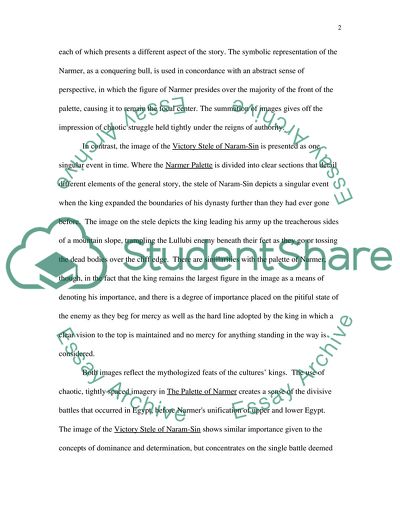Origins and Transformations of Western Art Essay. Retrieved from https://studentshare.org/miscellaneous/1546847-origins-and-transformations-of-western-art
Origins and Transformations of Western Art Essay. https://studentshare.org/miscellaneous/1546847-origins-and-transformations-of-western-art.


